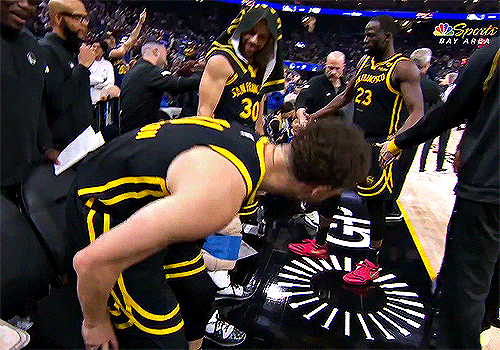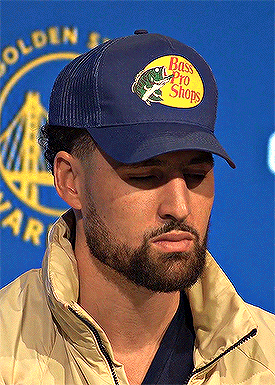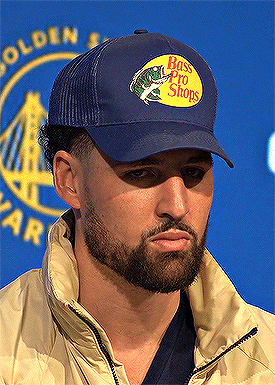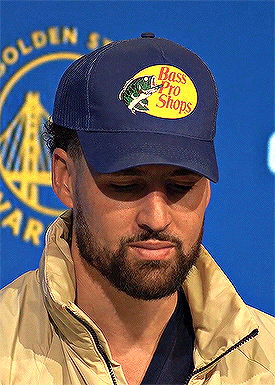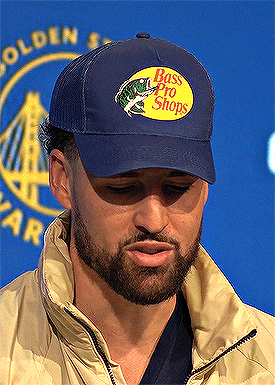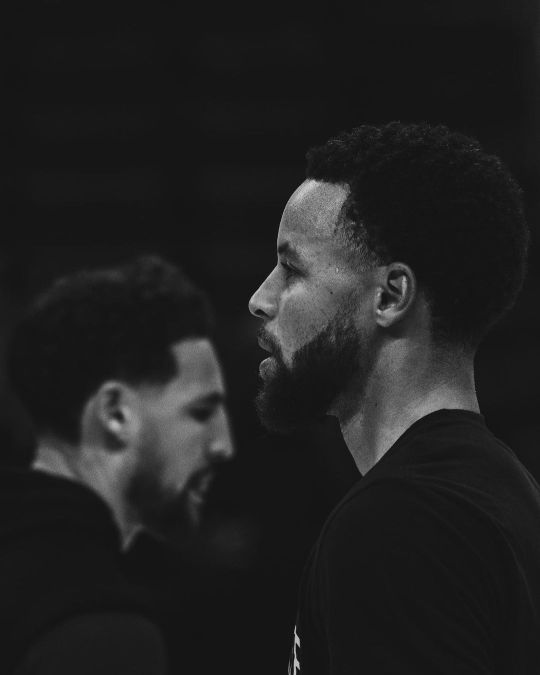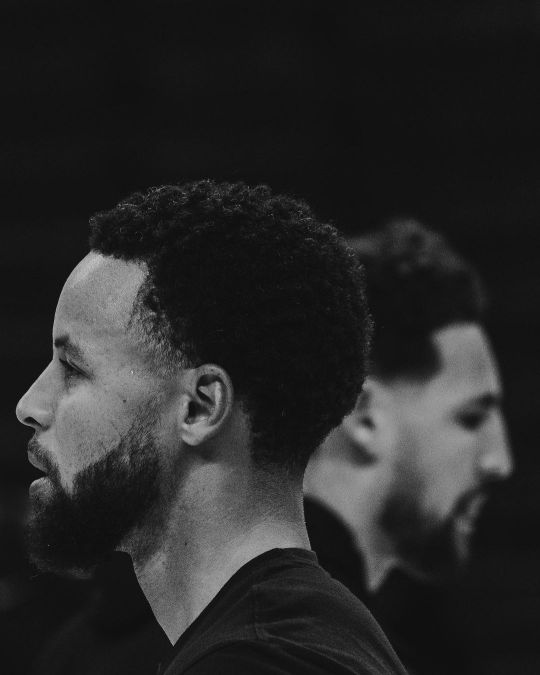splash bros enthusiast | all things golden state warriors
Don't wanna be here? Send us removal request.
Text
Warriors Get Lindy Waters III and Quinten Post, Officially Hard-Capped at Second Apron

The Warriors have made some big roster moves on Draft Day 2 while navigating the NBA's intricate salary cap.
Key Acquisitions
Lindy Waters III: The Warriors acquired Lindy Waters III from the Oklahoma City Thunder. That morning, the Warriors decided to trade the No. 52 pick, which they had gotten from the Indiana Pacers in exchange for Cory Joesph, to the Oklahoma City Thunder. The Warriors received Lindy Waters III, an experienced role player who is an efficient shooter, boasting a 43.5% three-point shooting percentage last season with the Thunder (Hoops Rumors).
Later, the Thunder passed this pick on to the Portland Trail Blazers. Towards the end of the 2nd round, the Warriors negotiated with the Blazers and used $7M in trade cash to reacquire the pick, ultimately selecting Boston College center Quinten Post. This deal resulted in $11M in 2023/24 cap/tax savings.
Quinten Post:
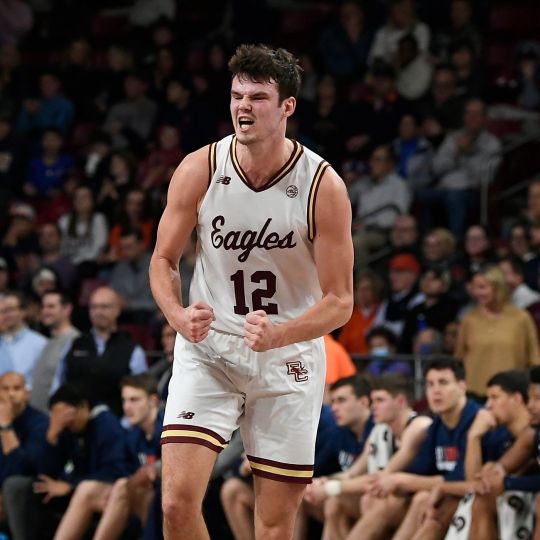
The Warriors added Quinten Post, a center from Boston College, who they secured with the 52nd pick. Post had a standout season at Boston College, where he showcased his skills both offensively and defensively. He averaged 15.2 points, 6.6 rebounds, and 1.6 blocks per game during his senior year (Yardbarker) .
Strengths:
Shooting Ability: Post is known for his shooting range. He shot 35% from three-point range last season.
Defensive Prowess: Post's shot-blocking ability and defensive awareness make him a solid rim protector. His defensive stats, including blocks and rebounds, highlight his presence in the paint. He isn't necessarily an elite rim protector, but there is no doubt the potential is there.
Versatility: His ability to play both inside and outside makes him a versatile player who can adapt to various roles on the court. This versatility is crucial for the Warriors' dynamic playing style.
Post's skills align really well with the Warriors' system, which values players who can stretch the floor and play multiple positions. His ability to shoot from distance and defend the rim provides the Warriors with additional strategic options (Yardbarker). The stretch 5 they have been needing for a couple of seasons.
If the Warriors sign Post to a regular roster spot instead of a two-way contract, they can utilize the Second Round Pick Exception. Meaning they can sign a second-round pick to a three or four-year contract without needing to use a mid-level exception to do it. They can offer him a fairly cheap four-year deal similar to this:
2024/25: $1.16M
2025/26: $1.9M
2026/27: $2.3M
2027/28: $2.5M
2028: Unrestricted Free Agent
Financial Implications
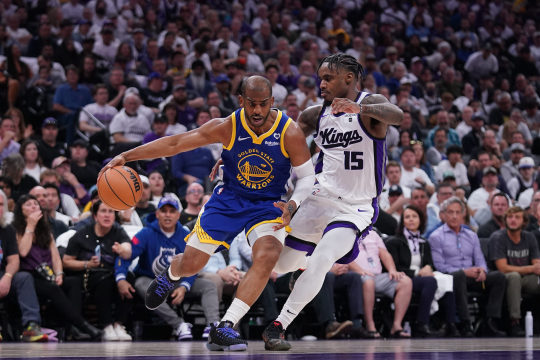
The Warriors are now hard-capped at the, projected, $189.5M second apron. This cap situation restricts their ability to make further high-salary acquisitions without exceeding the second apron threshold. These moves limit the Warriors' trade flexibility. Acquiring a high-salary player will now be even more difficult, with only $1.2 million in trade cash left for the 2023/24 season, significant trade moves will likely have to wait until the new league year begins on July 1st.
Important Dates Coming Up for the Warriors
Several important dates are approaching for the Warriors:
June 28: Chris Paul's $30 million contract guarantees
June 29: Team option deadline for Lindy Waters III and qualifying offer deadline for Lester Quiñones
June 30: Klay's contract expires
July 1: The 2024/25 league year begins, and the Warriors will no longer be a second apron team
July 6: Quinten Post will officially become a Warrior as the trade to acquire him will be executed on this date due to the Warriors trade cash value resetting
#basketball#golden state warriors#learning basketball#nba#nba basketball#stephen curry#klay thompson
0 notes
Text
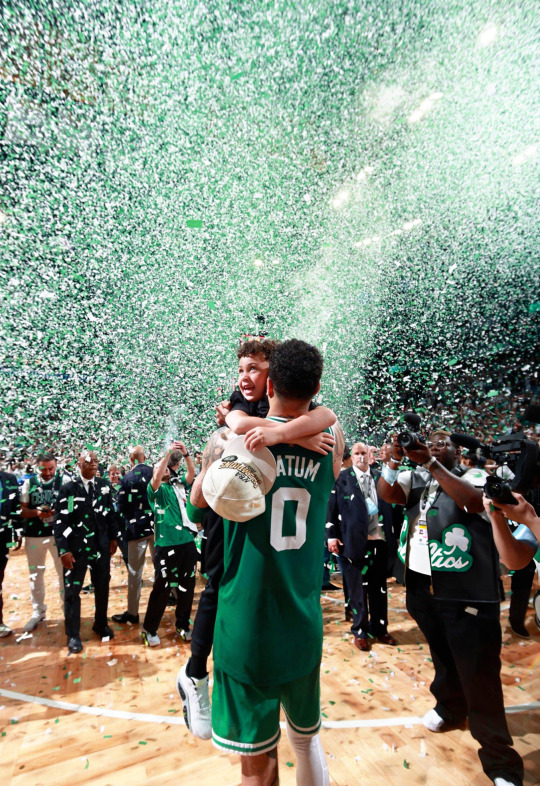
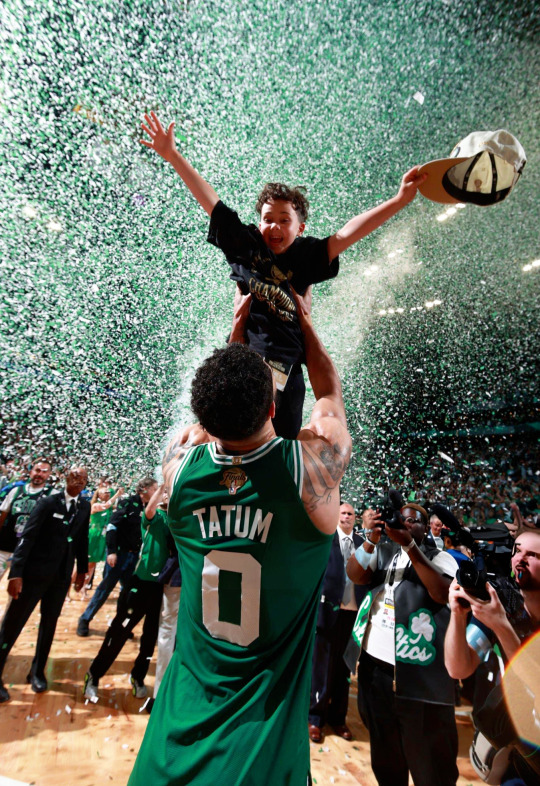
Jayson Tatum celebrates with his son, Deuce 2024 NBA Finals
223 notes
·
View notes
Text
Warriors' Offseason: Balancing the Roster Under New CBA Rules
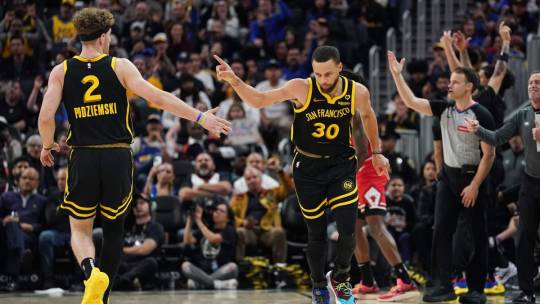
This season, the NBA introduced the new Collective Bargaining Agreement (CBA) which highlighted several significant changes starting in the 2023-24 season. Here are the main things I noted:
Second Tax Apron:
Teams exceeding $17.5 million over the luxury tax threshold face new restrictions. These teams cannot:
Use the mid-level exception to sign players
Take in more salary in trades than they send out
Trade first-round picks seven years into the future
Send cash in trades
Sign buyout players during the season
(Yahoo Sports) (Yahoo Sports)
2. Contract Extensions:
Veteran players can now sign extensions worth up to 140% of their previous salary, up from 120% under the old CBA. This is intended to help teams retain star players with more lucrative deals
(Yahoo Sports) (Boardroom)
3. Cap Smoothing:
Salary cap increases are capped at 10% per year to avoid sudden spikes, like the KD trade that led to chaotic spending and significant shifts in team dynamics. Cap increased by 32% and role players received more lucrative deals than expected, while the Warriors gained enough space to sign KD.
Future for the Warriors
The recently implemented CBA presents major challenges for the Warriors' front office. Key issues include the futures of Klay Thompson, Chris Paul, and potential trade moves with Andrew Wiggins and Jonathan Kuminga. (PSA: I am not an expert on any of this stuff, please correct anything I may have mixed up or misinterpreted)
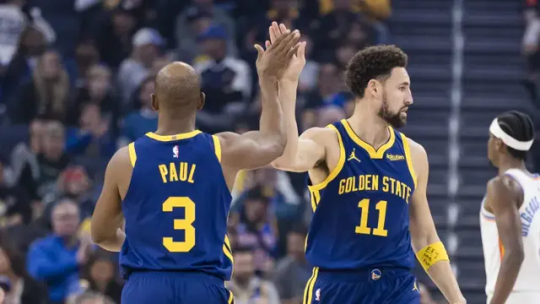
The CP3 Decision
Chris Paul’s contract situation is probably the first critical decision the front office will have to make. With his $30 million contract being non-guaranteed if waived before June 28, the Warriors will not be able to use him as a trade asset. Guaranteeing a portion, or all, of his salary, along with Kevon Looney’s, provides leverage in potential trade deals. However, waiving CP3 would immediately place the Warriors below the second apron, offering a lot more flexibility under the new CBA. Most notably, gaining back the ability to use the mid-level exception.
Resigning Klay Thompson
Re-signing Klay Thompson would be my main priority if I was in the Warriors front office. However, many Warriors fans are eager about the possibility of Klay walking to acquire a star in a trade.
This is the scenario I keep going back to in my head, but keep in mind, this specific scenario assumes a number of things:
the Warriors waive CP3
the Warriors sign their 52nd pick for an estimated $1.6M
they sign 2 vet min free agents at the Cam Reddish/Luke Kornet price range
Joe Lacob is okay with being a tax team and being capped at the first apron
Waiving CP3 immediately puts them below the second apron, tack on their rookie and the 2 Cam Reddish priced vet mins, the Warriors are sitting at around $150M as their total salary. Giving them $20M to play around with before they hit the luxury tax, as well as the Non-Taxpayer Mid-Level Exception (that they can now use thanks to being under the 2nd apron).
To simplify this, the Warriors would basically have $33M to split between Klay and a free agent. This approach not only helps retain one of the franchise's pivotal players, but also ensures the team remains competitive by adding another valuable piece to the roster.
Potential targets for the NTMLE (which is projected to be around $12.4M) that I like are Doug McDermott, Kyle Anderson, or Cedi Osman, all of whom provide size and can make an immediate impact.
On the other hand, if Klay leaves, the Warriors could utilize the entire NTMLE. This would allow them to target more expensive players who can fill the gaps, despite the fact that the Warriors cant use Klay's salary slot if he walks. Another huge blow for them.
Free Agent Targets
The Warriors have various free agent targets and potential veteran minimum signings to consider. Some players that I like at a low cost are:
Nic Batum who is currently at the end of his 2yr/$22M contract with the Clippers
Justin Holiday who is at the end of his 1yr/$3.1M contract with the Nuggets
Mike Muscala who is at the end of his 1yr/$808k contract with the Thunder
Xavier Tillman who signed a 4 year/$6.5M contract with the Grizzlies
and Alex Len signed a 1 year/$3.1M contract with the Kings
I have hopes that these vet mins signings could fill specific roles, similar to how Otto Porter Jr. contributed to the Warriors during their '22 championship run. Their experience and versatility could be valuable, especially while trying to make a strong push with Steph with tight financial constraints.
Draft Prospects
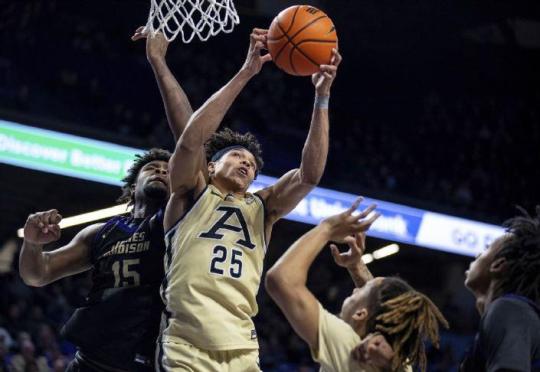
This year, the Warriors only hold the 52nd pick in the draft, which again limits their roster building. It isn't completely unheard of to draft a very talented player late in the draft though. Here are some of my favorite prospects that I hope will still be around at 52:
Enrique Freeman: An insane rebounder, secondary rim protector, not a great shooter, attacks long close-outs
Adem Bona: A defensive-minded center with great shot-blocking ability and rebounding skills, but gets into foul trouble easily
Jaylen Wells: A versatile wing who can score and has the potential to be 3&D given the improvement of defense
Antonio Reeves: A sharp-shooting guard who can provide instant offense off the bench, but isn't known for defense
Conclusion
As the offseason unfolds, it has become clear that the Warriors must prioritize either their spending or making the most of the Steph years. The new CBA introduces significant changes, including the repeater tax. The Warriors, having paid this tax multiple times, must carefully manage their payroll to avoid exorbitant penalties that come with being a repeat offender.
Balancing their high payroll with the desire to remain competitive around Steph is another major challenge. The team also needs to majorly address the supporting cast around Steph. Players like Kuminga and Brandin Podziemski show glimpses of promise, but their development timelines may not align perfectly with the aging core of Curry, Thompson, and Draymond Green.
Even though all of this may seem like a lot, it is still possible for the Warriors to obtain a stronger roster, comply with the CBA, and continue to compete for championships during Steph's remaining prime years. Go Dubs! 💙💛
#nba source#basketball#golden state warriors#learning basketball#nba#nba basketball#stephen curry#klay thompson#klaythompsontrade#draymondgreen#jayson tatum#boston celtics#brandin podziemski#jonathan kuminga#jordan poole#steph curry#splash bros#splash brothers#klay thompson walk#steph curry championship#nba finals
1 note
·
View note
Text
A Glimpse into the Future: Assessing the Golden State Warriors' Playoff Picture
As the regular season winds down and the NBA playoffs loom on the horizon, the Golden State Warriors find themselves in an intriguing position. With the blend of seasoned veterans and promising young talent, the Warriors have shown flashes of brilliance throughout the 2023-24 season. However, they've also shown a great deal of inconsistencies along the way.
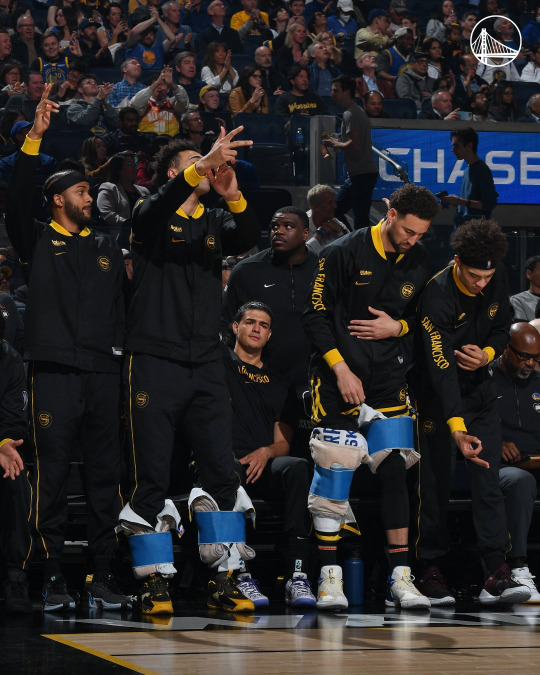
Regular Season Recap
The Warriors' regular season campaign has been marked by a mix of highs and lows. With a current record of 36 wins and 34 losses, they've managed to maintain a win percentage of .514, positioning themselves loosely in the play-in picture. Offensively, they've averaged 118.5 points per game, putting them 7th in the league. However, in terms of field goal percentage, 3-point percentage, free-throw percentage, and +/- they've been fairly... average.
With the Splash Bros still at the forefront of this team, the Warriors find themselves attempting and making the 2nd most 3s in the league. Curry and Thompson, one of the league's most lethal three-point shooting tandems ever, find themselves shooting below their career averages as well.
Defensively, the Warriors have shown moments of brilliance but have also struggled consistently in major areas. With an average of 14.2 turnovers per game, an improvement in ball security and defensive discipline is necessary if they want to be seen seriously in the playoffs. With a total of 45 games played this season, Draymond Green has a team high (>25 games) of -5.8 DIFF%. Meaning that players, when defended by Draymond, shoot 5.8% lower than their normal field goal percentage.
Looking Ahead to the Playoffs
As the regular season draws to a close, the Warriors must address several key areas to maximize their chances of postseason success.
Defensive Intensity: Defense wins championships, and the Warriors must elevate their defensive intensity as they enter the postseason. Establishing a strong defensive identity will be crucial in neutralizing opponents and imposing their will on the defensive end of the floor. Communication, discipline, and effort will be key components of their defensive strategy.
Depth and Bench Production: While Curry, Thompson, and Draymond are still has talented as ever, the Warriors' success will also hinge on the contributions of their supporting cast. Consistent production from players like Andrew Wiggins, Jonathan Kuminga, and rookie Brandin Podziemski will be essential, providing scoring, energy, and defensive prowess when called upon. Developing trust and cohesion among the entire roster will be vital in navigating the rigors of playoff basketball.
Execution in Crunch Time: Playoff basketball is characterized by tight games and high-pressure situations. The Warriors must demonstrate poise and execution down the stretch, making smart decisions and capitalizing on opportunities when they arise. Stephen Curry finds himself at the forefront of the Clutch Player of the Year race; however, the Warriors have found themselves playing 40 clutch time games this season, but have won only 19.
Final Thoughts
As the Golden State Warriors set their sights on the play-in, they do so with a mix of optimism and determination. While they've encountered their fair share of challenges throughout the regular season, they possess the talent, experience, and championship pedigree to make a formidable postseason push.
With a focus on health, defensive intensity, depth, and execution, the Warriors have the potential to be a formidable force in the playoffs. As they embark on their postseason journey, fans eagerly await the opportunity to witness the magic and excitement that playoff basketball brings. The stage is set, the stakes are high, and the Golden State Warriors are poised to make their mark on the road to NBA glory, starting with maintaining the 10th seed and taking on the play-in.
0 notes
Text
So, you want to learn basketball?

Basketball is a sport beloved by millions around the globe, celebrated for its fast-paced action, strategic depth, and camaraderie among players. It is, however, a difficult game to get in to. It isn't easy to one day decide you want to start watching basketball. It's fast-paced and if you're unsure of what to be on the lookout for, you can potentially miss some of the action. So, let's start from the basics. (This only covers NBA rules and regulations)

Any time a basket is scored (besides freethrows), it is referred to as a field goal.
If a field goal, is made outside of the three-point arc, then that basket is worth three points. If it is made anywhere inside the arc, it is worth two points. A free throw is worth one point.
Freethrows are awarded based on fouls.
Fouling someone who was in the shooting motion awards them freethrows. If someone is fouled and misses the shot, they are award the number of freethrows based on how much their potential shot was worth (2 or 3 points). If the shooter makes their shot but is still fouled, they are awarded one extra freethrow; this is called an and-1.
Another way freethrows are awarded is through the bonus. To simply put this: Team A enters the bonus after Team B picks up its 5th team foul. From that point on, Team A will shoot 2 free throws after every foul, even if the foul doesn't occur on a shot.
Fouls are sometimes difficult to understand as there are many different types of fouls, so I can do a separate post about those.
~~~
There are many different violations in the NBA that can result in a team turning the ball over to the other team

⬆️
Carrying/palming. When a player dribbles the ball with his hand too far to the side of or, sometimes, even under the ball.
Double Dribble. Dribbling the ball with both hands on the ball at the same time or picking up the dribble and then dribbling again is a double dribble.
Goaltending. If a defensive player interferes with a shot while it's on the way down toward the basket, while it's on the way up toward the basket after having touched the backboard, or while it's in the cylinder above the rim, it's goaltending and the shot counts. If committed by an offensive player, it's a violation and the ball is awarded to the opposing team for a throw-in.
Backcourt violation. Once the offense has brought the ball across the mid-court line, they cannot go back across the line during possession. If they do, the ball is awarded to the other team to pass inbounds.
Time restrictions. A player passing the ball inbounds has five seconds to pass the ball. If he does not, then the ball is awarded to the other team. Once the ball is inbound and in play, the team has 24 seconds to score. If they do not score in 24 seconds, it is a shot clock violation and turnover to the other team.
Traveling. Traveling in the NBA is defined as taking more than 2 steps without dribbling the ball. It isn't always this simple however. The shooter can choose either foot to pivot (pivot foot) on while having possession of the ball. A player also gets a gather step, the step they take to gather, or gain control, of the ball. According to the NBRA, "A player who gathers the ball while progressing may take two steps in coming to a stop, passing or shooting the ball, or if he has not yet dribbled, one step prior to releasing the ball. A player who gathers the ball while dribbling may take two steps in coming to a stop, passing, or shooting the ball."
This can be confusing so, here is a video showing a gather step in game: https://17eff2881b90f2ead022-5a877a6d5c118357a731744c60102188.ssl.cf1.rackcdn.com/21-NBRA-0008__8-Gather-VS-Travel_B.mp4
~~~
There are 5 guys per team on the court at any given moment. Each guy on the team has a specific role for their team in terms of offense and defense. However, in the NBA, positions of players are pretty fluid and guys are able to do things outside of their position and contribute in a multitude of ways.
Center. Centers are generally your tallest players. They generally are positioned near the basket. Offensively, the center's goal is to get open for a pass and to shoot close to the basket. Centers are expected to get some offensive rebounds and put-backs. Defensively, the center's main responsibility is to keep opponents from shooting by blocking shots and passes in the key area. They also are expected to get a lot of rebounds because they're taller.
Forward. Your next tallest players will most likely be your forwards. You have a small forward and a power forward. While a forward may be called upon to play under the hoop, they may also be required to operate in the wings and corner areas.
Power Forward: The power forward does many of the things a center does, playing near the basket while rebounding and defending taller players. But power forwards also take longer shots than centers.
Small Forward: The small forward plays against small and large players. They roam all over on the court. Small forwards can usually score from long shots and close ones.
Guard. These are potentially your shortest players and they should be really good at dribbling fast, seeing the court, and passing. You have both a point guard and a shooting guard. It is their job to bring the ball down the court and set up offensive plays.
Point Guard: The point guard runs the offense and usually is the team’s best dribbler and passer. The point guard defends the opponent’s point guard and tries to steal the ball.
Shooting Guard; The shooting guard is usually the team’s best shooter. The shooting guard can make shots from long distance and also is a good dribbler.

1 note
·
View note
Text
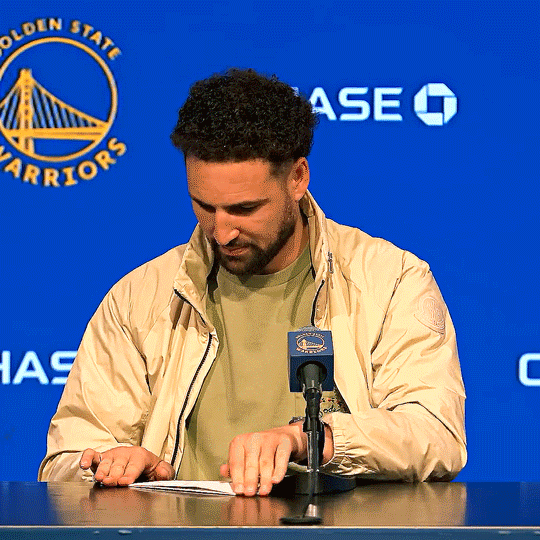
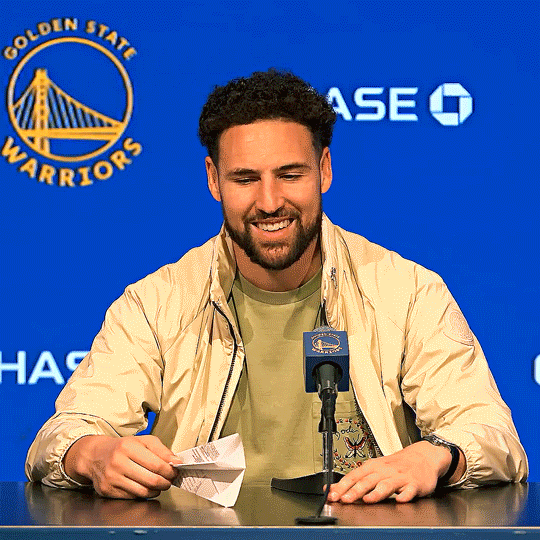
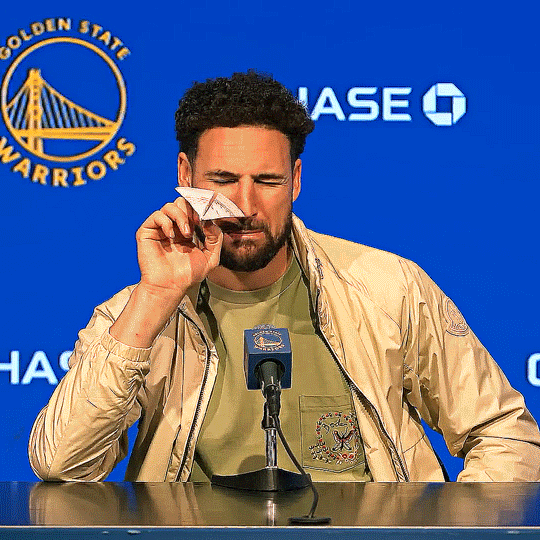
✈️ Klay Comments on His Game Winner vs. Kings | Nov. 1, 2023 ✈️
120 notes
·
View notes


